Introduction To Urinary Incontinence
Urinary Incontinence in Older Adults. Urinary incontinence means a person leaks urine by accident. While it can happen to anyone, urinary incontinence, also known as overactive bladder, is more common in older people, especially women. Bladder control issues can be embarrassing and cause people to avoid their everyday activities. But incontinence can often be stopped or controlled.
Bladder Control Problems
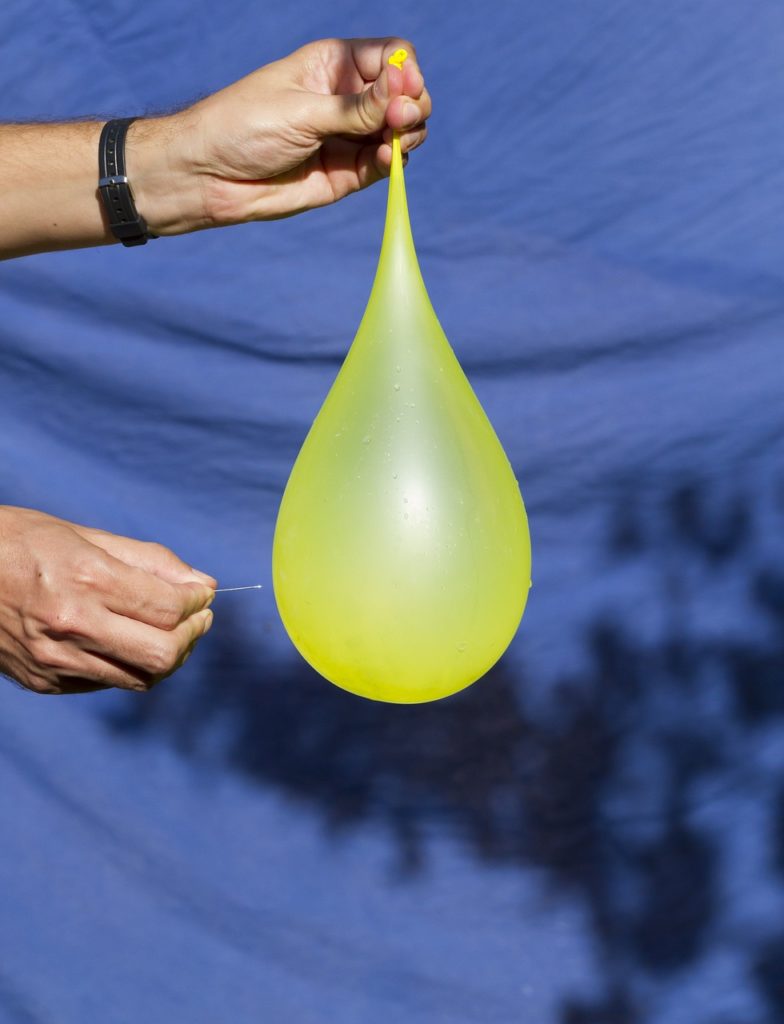
Urinary Incontinence in Older Adults. What happens in the body to cause bladder control problems? Located in the lower abdomen, the bladder is a hollow organ part of the urinary system, including the kidneys, ureters, and urethra. During urination, muscles in the bladder tighten to move urine into the tube-shaped urethra. At the same time, the muscles around the urethra relax and let the urine pass out of the body. When the muscles in and around the bladder don’t work the way they should, urine can leak, resulting in urinary incontinence.
Incontinence Women
Urinary Incontinence in Older Adults. Incontinence can happen for many reasons, including urinary tract infections, vaginal infections or irritation, or constipation. Some medications can cause bladder control problems that last a short time. When incontinence lasts longer, it may be due to:
- Weak bladder or pelvic floor muscles
- Overactive bladder muscles
- Damage to nerves that control the bladder from diseases such as multiple sclerosis, diabetes, or Parkinson’s disease
- Diseases such as arthritis may make it difficult to get to the bathroom on time
- Pelvic organ prolapse is when pelvic organs (such as the bladder, rectum, or uterus) shift out of their normal place into the vagina or anus. When pelvic organs are out of place, the bladder and urethra cannot work typically, which may cause urine to leak.
Incontinence Men
Urinary Incontinence in Older Adults. Most incontinence in men is related to the prostate gland. So then, male incontinence might be caused by:
- Prostatitis is a painful inflammation of the prostate gland
- Injury or damage to nerves or muscles from surgery
- An enlarged prostate gland can lead to benign prostate hyperplasia, a condition in which the prostate grows as men age
Types of urinary incontinence
Urinary Incontinence in Older Adults. There are different types of incontinence:
- Stress incontinence occurs when urine leaks as pressure is put on the bladder, such as during exercise, coughing, sneezing, laughing, or lifting heavy objects. It’s the most common type of bladder control problem in younger and middle-aged women. It also may begin later, around the time of menopause.
- Urge incontinence happens when people suddenly need to urinate and cannot hold their urine long enough to get to the toilet. It may be a problem for people with diabetes, Alzheimer’s disease, Parkinson’s disease, multiple sclerosis, or stroke.
- Overflow incontinence happens when small amounts of urine leak from a bladder that is always full. A man can have trouble emptying his bladder if an enlarged prostate blocks the urethra. Diabetes and spinal cord injuries can also cause this type of incontinence.
- Functional incontinence occurs in many older people who have normal bladder control. They have a problem getting to the toilet because of arthritis or other disorders that make it hard to move quickly.
Treating and managing urinary incontinence
Urinary Incontinence in Older Adults. Today, there are more treatments and ways to manage urinary incontinence than ever before. The choice of treatment depends on your type of bladder control problem, how serious it is, and what best fits your lifestyle. Generally, the most straightforward and safest treatments should be tried first.
A combination of treatments may help you get better control of your bladder. Your doctor may suggest you try the following:
1. Bladder control training
- Pelvic muscle exercises (also known as Kegel exercises) strengthen the muscles that support the bladder, which can help you hold urine in your bladder and avoid leaks. Learn more about pelvic floor exercises and how to do them.
- Urgency suppression helps control strong urination urges so you can make it to the toilet on time. For example, you can try distracting yourself from helping keep your mind off needing to urinate, taking long relaxing breaths, holding still, and squeezing the pelvic floor muscles.
- Timed voiding is used to help control your bladder by scheduling time to urinate. For example, you can set a plan to urinate every hour. As time goes on, you can slowly extend the time between toilet breaks.
2. Medical treatments
- Medications that come in a pill, liquid, or patch may be prescribed to help with bladder control problems. However, some medications for overactive bladder have been associated with a higher risk of cognitive decline in adults over age 65. Talk with your doctor about what medications, if any, would work best for you.
- Vaginal estrogen cream may help relieve urge or stress incontinence. A low dose of estrogen cream is applied directly to the vaginal walls and urethral tissue.
- Bulking agents can be used to help close the bladder opening. Doctors can inject a bulking gel or paste that thickens the area around the urethra. This can reduce stress incontinence but may need to be repeated.
- Medical devices may also be used to manage urinary incontinence, such as a catheter that drains urine from your bladder; a urethral insert that helps prevent leakage, and a vaginal pessary ring that provides pressure to lessen leakage.
- Biofeedback uses sensors to make you aware of signals from your body. This may help you regain control over the muscles in your bladder and urethra.
- Electrical nerve stimulation sends mild electric currents to the nerves around the bladder that help control urination and your bladder’s reflexes.
- Surgery can sometimes improve or cure incontinence if it is caused by a change in the position of the bladder or blockage due to an enlarged prostate.
3. Behavioral and lifestyle changes
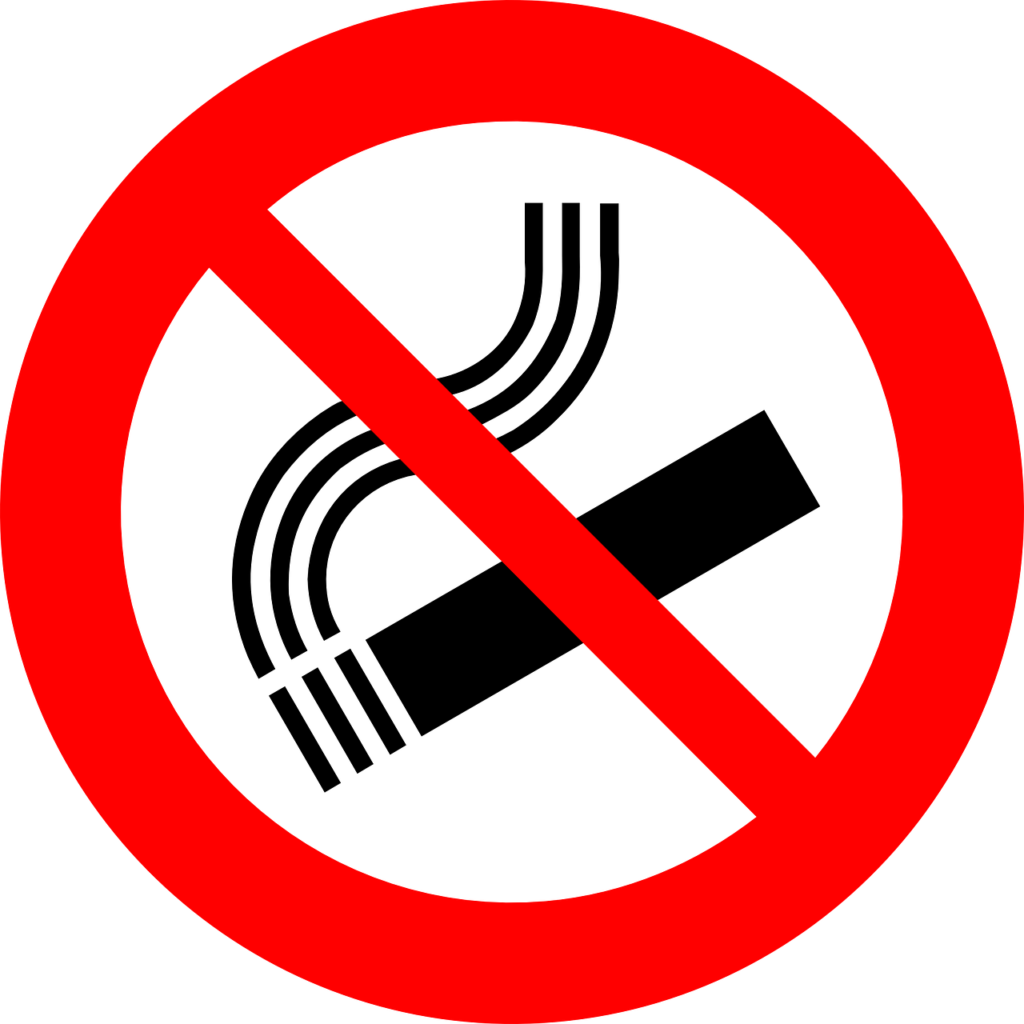
Changing your lifestyle may help with bladder problems. Losing weight, quitting smoking, saying “no” to alcohol, choosing water instead of other drinks, and limiting drinks before bedtime can help with some bladder problems. Preventing constipation and avoiding lifting heavy objects may also help with incontinence. Even after treatment, some people still leak urine from time to time. Bladder control products and other solutions, including disposable briefs or underwear, furniture pads, and urine deodorizing pills, may help.
Visit the National Institute of Diabetes and Digestive and Kidney Diseases for more information on urinary incontinence in men and urinary incontinence in women.
Changing your lifestyle may help with bladder problems. Losing weight, quitting smoking, saying “no” to alcohol, choosing water instead of other drinks, and limiting drinks before bedtime can help with some bladder problems. Preventing constipation and avoiding lifting heavy objects may also help with incontinence. Even after treatment, some people still leak urine from time to time. Bladder control products and other solutions, including disposable briefs or underwear, furniture pads, and urine deodorizing pills, may help.
Visit the National Institute of Diabetes and Digestive and Kidney Diseases for more information on urinary incontinence in men and urinary incontinence in women.
When to see a health care provider and what to expect
Talk to your health care provider if you have urinary incontinence or any signs of a bladder problem, such as:
- Needing to urinate more frequently or suddenly
- Cloudy urine
- Blood in the urine
- Pain while urinating
- Urinating eight or more times in one day
- Passing only small amounts of urine after solid urges to urinate
- Trouble starting or having a weak stream while urinating
Get tips on talking to your doctor about sensitive subjects.
Your Doctor may Recommend
Your doctor may recommend urodynamic testing and perform the following to try to figure out what might be causing your bladder problem:
- Give you a physical exam and take your medical history.
- Ask about your symptoms and the medications you take.
- Take urine and blood samples.
- Examine the inside of your bladder using a cystoscope — a long, thin tube that slides up into the bladder through the urethra. A urinary specialist usually does this.
- Fill the bladder with warm fluid and use a cystoscope to check how much fluid your bladder can hold before leaking.
- Order or perform a bladder ultrasound to see if you are fully emptying your bladder with each void.
- Ask you to keep a daily diary of when you urinate and when you leak urine. Your primary care doctor may also send you to a urologist who specializes in urinary tract problems.
For more tips to keep your bladder healthy, visit 15 Tips to Keep Your Bladder Healthy.
In Conclusion
Incontinence is a subject we do not like to talk about, but it is a problem that we may face. As our age increase so does the chances of our bodies starting to leak. So then, it is necessary to understand the causes and treatments available to older adults to resolve this problematic condition.
Important Note *
Remember that everyone is different; it is ultimately YOUR RESPONSIBILITY to find what your body responds to. So please do your due diligence before trying anything new, including getting Medical Advice to ensure your safety and peace of mind.
Connect with me and leave a comment or two on my social media.
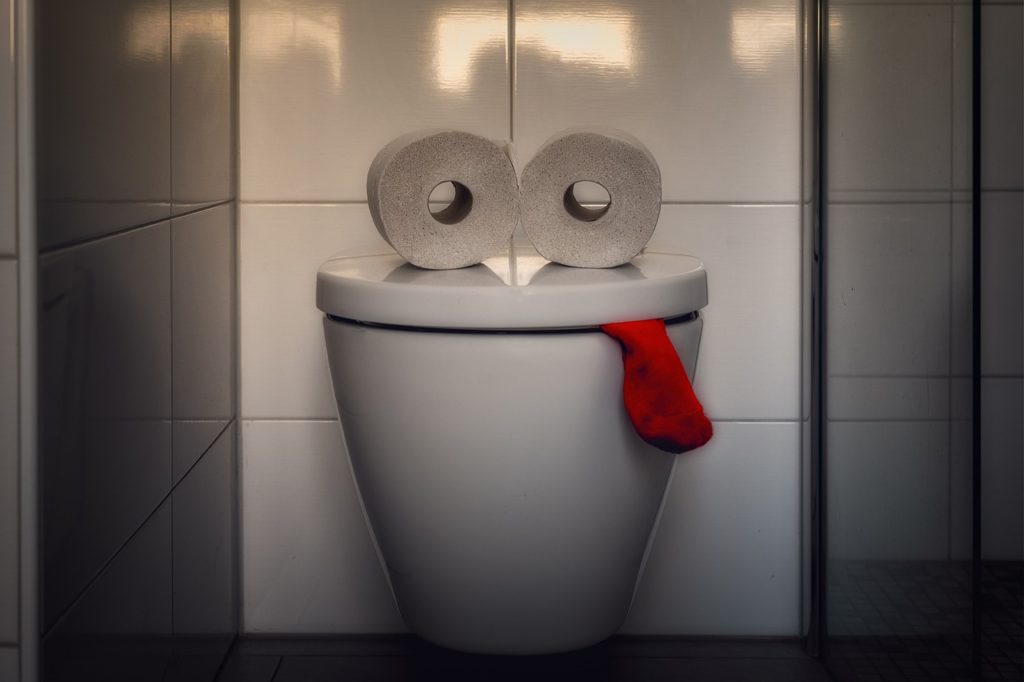
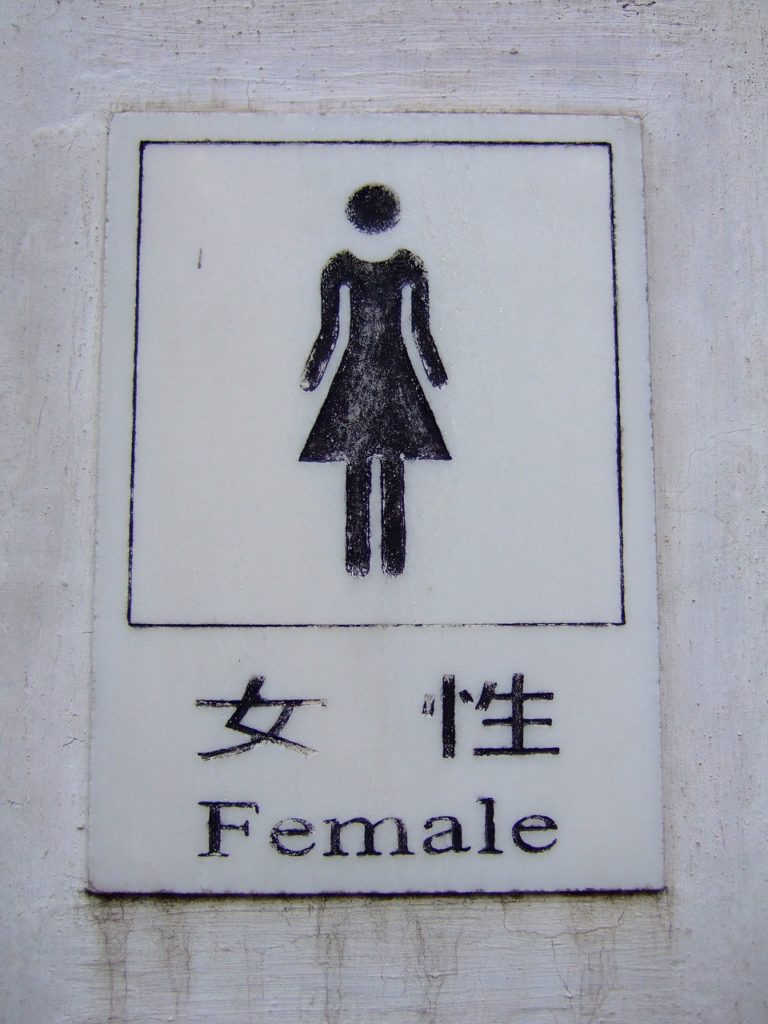
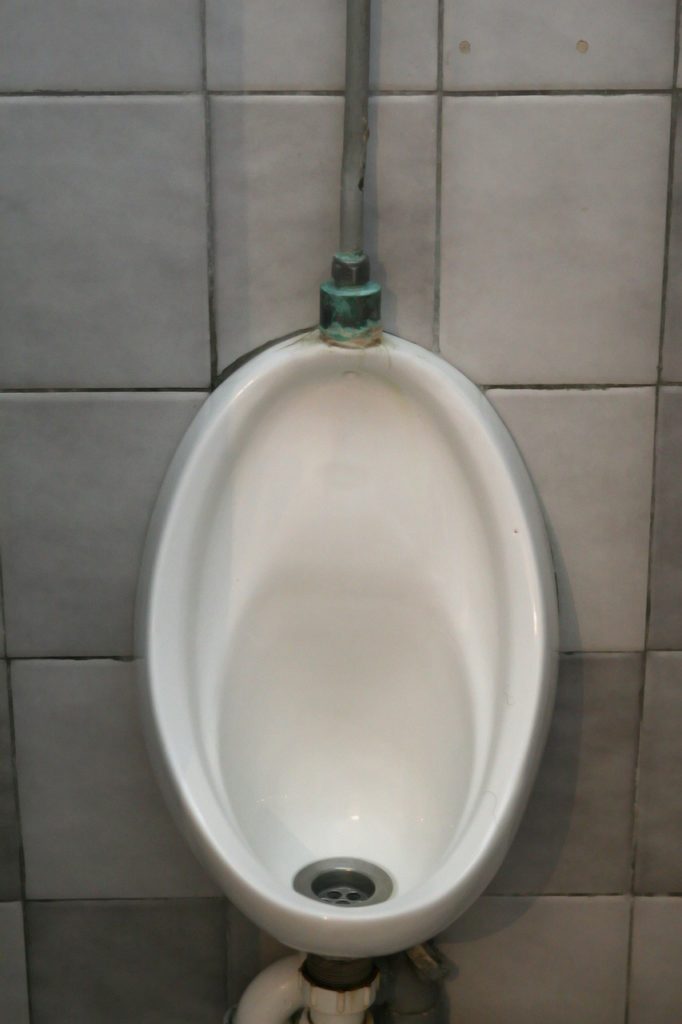
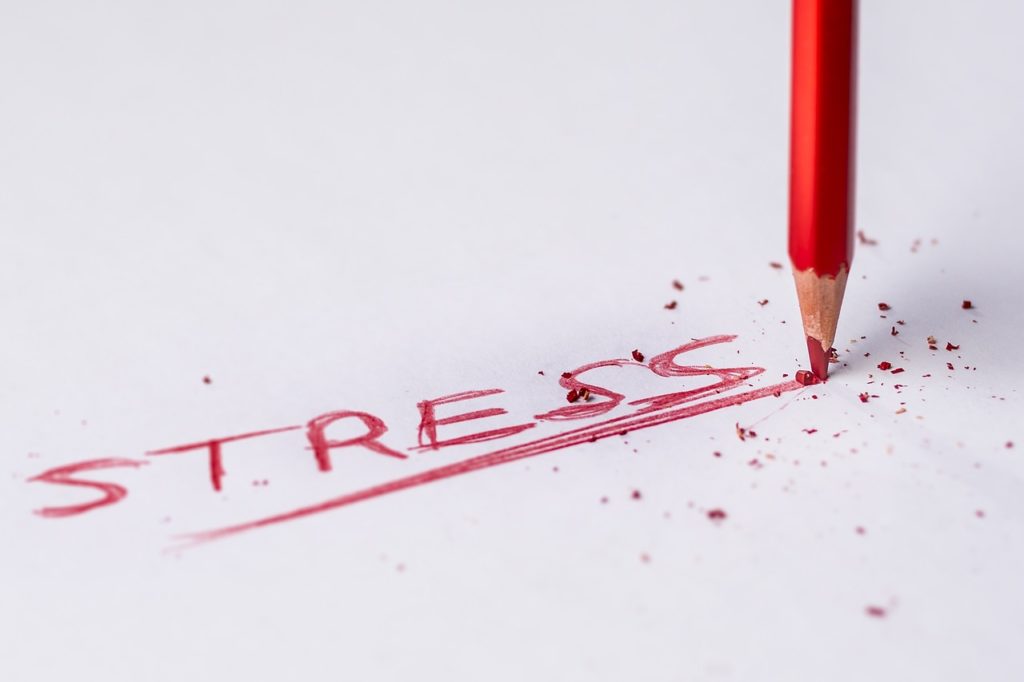
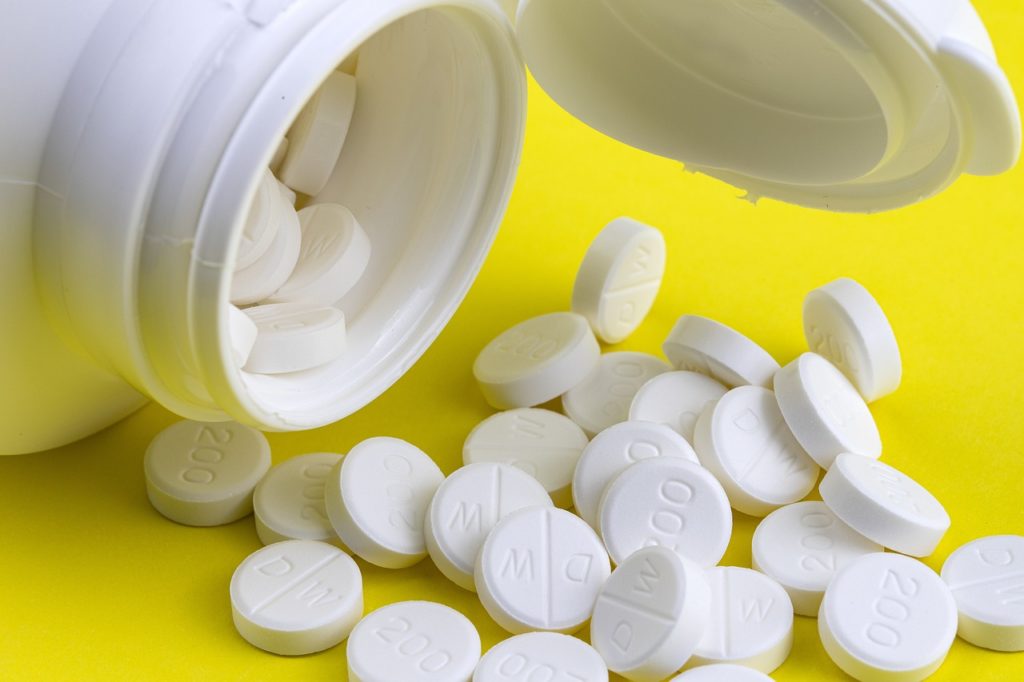
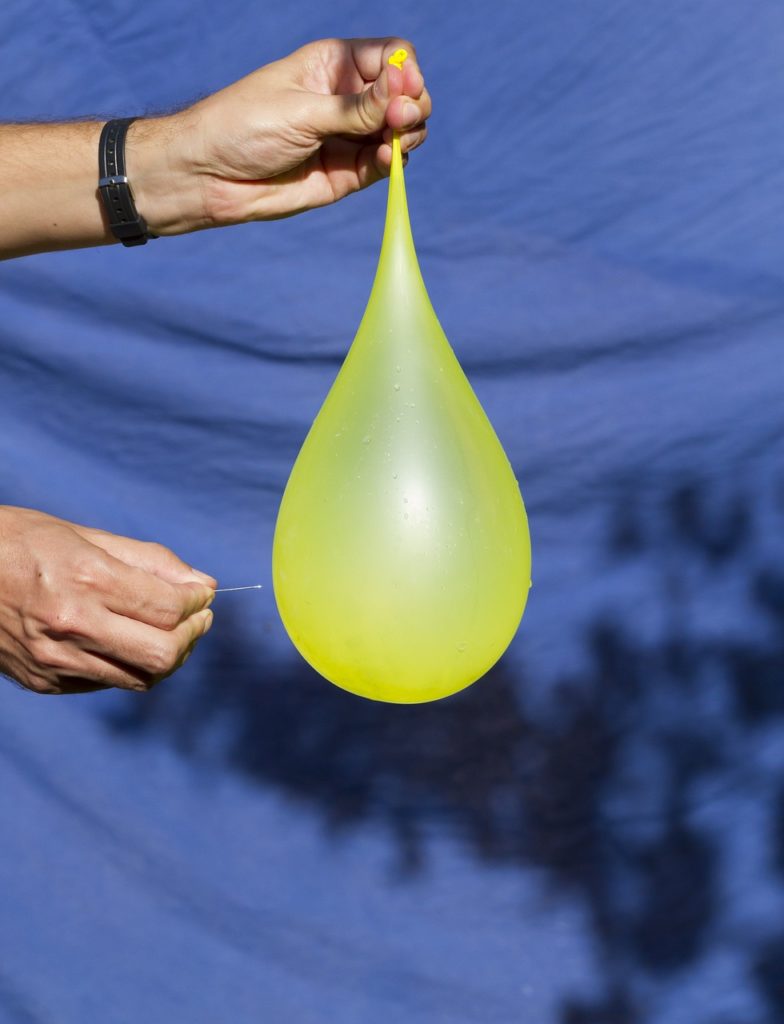
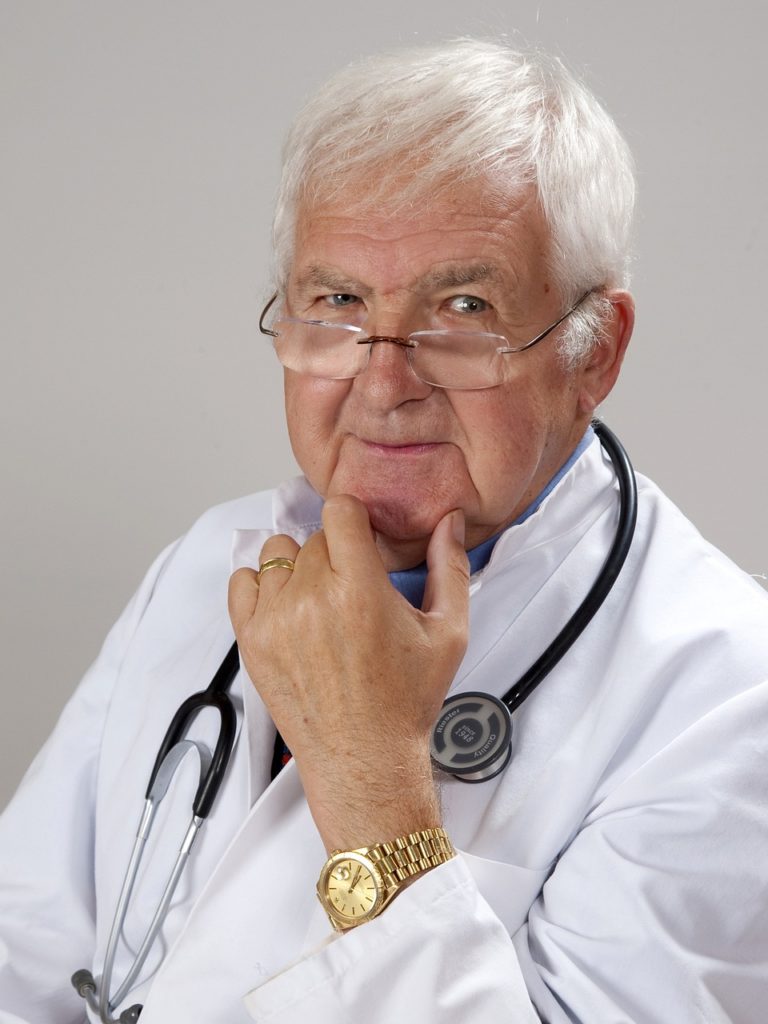

4 replies on “Urinary Incontinence in Older Adults”
Many thanks for posting this informative text on this most common problem in elderly Men and Women.
Wishing you all the best in your future efforts in posting useful posts for elderly.
Hi K.V. Ramana, thank you for your kind words, I will be posting as usual and I appreciate your comments, take care Ian
I appreciate reading and re-reading all your posts. I will be 85 in June and you help me keep positive about life. Best of 2023 and beyond to you!
Hi Artemida, and the same to you, have a great 2023, all the very best, Ian